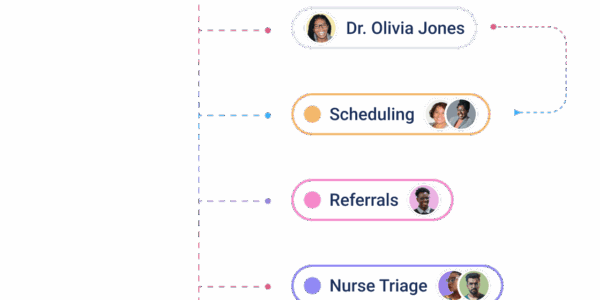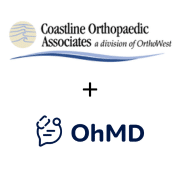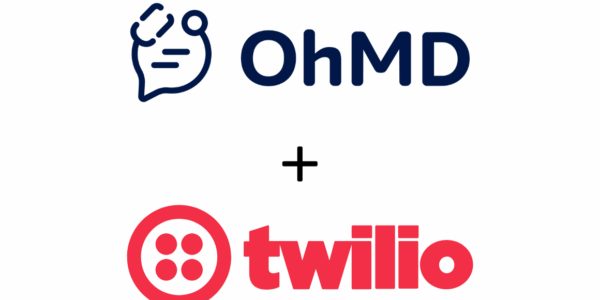Emailing is not the primary form of communication amongst younger generations. As a millennial, it’s fair to say that we are always on our phones. Whether we are using it to text, check Facebook, use Snapchat or Messenger it’s abundantly clear that we use our phones to quickly send messages to our friends and colleagues. Emails still play a crucial role in the working world today, but it is not the most efficient way if we want to talk to someone get an immediate response, a text message is way more efficient.
How does this come into play for healthcare?
For starters, most of the time we want to schedule an appointment with a doctor we will call our local practice listen to the general voice mail and eventually talk to a receptionist once the line is free. Once we go in for our appointment we get a diagnosis and a prescription if necessary and then go home and tend to our illness. In most situations after we leave the practice some lingering questions come up that weren’t ask during the appointment. How can we talk to our doctor to get those questions answered? There’s email but a busy practice will not have the time to sit down at their computer and formulate an response email. They are much more likely to answer a text message quickly in between patients or when there is short downtime.
Why don’t doctors text message?
They do! But the problem with text messaging protected health information(PHI) over SMS is that it’s not secure. If a doctor is sending PHI over SMS he/she is in violation of HIPAA and liable for $50,000 fine. HIPAA was not as much of a big deal until 2003 when the Privacy Rule required compliance. Many practices see the value in texting patients to set up appointments and overall educating patients about their certain ailments. It allows for practices to be able to reduce phone tag and the amount of time patients are kept waiting on hold. Communications within the medical field is changing and text messaging will become an efficient way for people to communicate with their practices.



